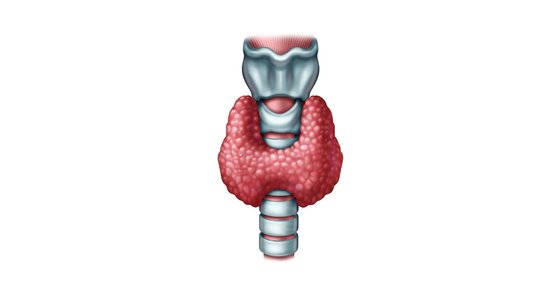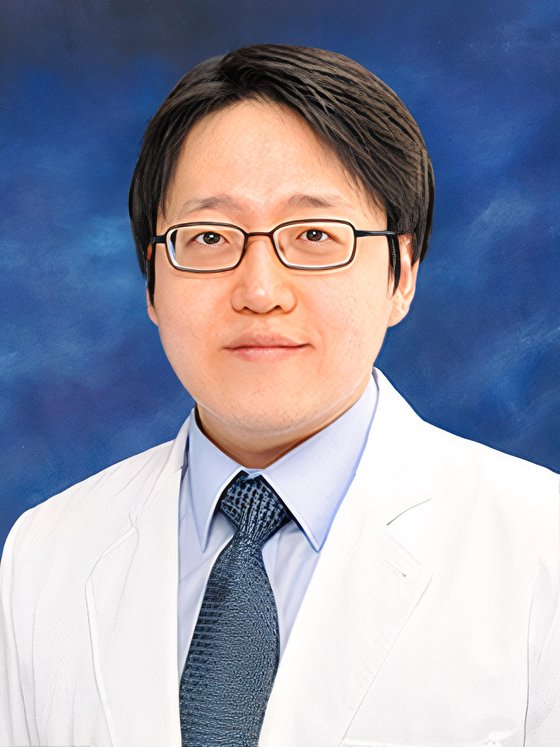RELATED Live.
- About us
- KIMA Members
-
KIMA Doctors
- All
- Anesthesiology
- artificial joint center
- Breast and Endocrine Surgery
- Breast cancer and thyroid cancer center
- Breast Surgery
- Cardiology
- Cardiothoracic Surgery
- Cerebrovascular Center
- Colorectal Surgery
- dental and maxillofacial surgery
- Dermatology
- Endocrinology
- Gastroenterology
- General Surgery
- Genito-Urology
- Hematology
- Hemato-oncology
- Infection Center
- Internal Medicine
- International Healthcare Center
- Korean Medicine
- liver center/Pancreas and billiary tract center
- Liver Transplantation
- Neurology
- Neurosurgery
- Obstetrics & Gynecology
- Ophthalmology
- Orthopedic
- Otorhinolaryngology
- Pediatric & Juvenile
- Pediatric Allergy and Respiratory Diseases
- Pediatric Gastroenterology
- Pediatric Neurology
- Pediatrics
- Physical Medicine & Rehabilitation
- Plastic & Reconstructive Surgery
- plastic surgery
- Pulmonology
- Radiation oncology
- Rheumatology
- Thyroid & Endocrine Surgery
- Urology
- Vascular Surgery
- KIMA News
- KIMA Live
- Community
KIMA NEWS
The bilateral axillo-breast approach (BABA) is a surgical method of removing the thyroid gland by making small incisions less than 1 cm in both areolas and armpits. Performed for the first time anywhere at Seoul National University Bundang Hospital in 2008, BABA has become a globally popular thyroidectomy technique, as it does not leave any scarring on the neck and has been proven to cause few side effects such as adhesion, postoperative bleeding, voice change, and decreased parathyroid gland function.

However, due to the preconceived notion that all types of robot-assisted thyroid surgery, including BABA, are difficult to perform on young patients, currently, pediatric thyroidectomy is generally performed by making an incision in the front of the neck where the thyroid gland is located, even if it results in a visible scar remain. The reason that robotic surgery can be performed with minimal incisions is thanks to a robotic arm that can freely rotate and move at various angles inside the body. However, due to the small physical sizes of children, it is difficult to secure enough space inside the body for the robotic arm to move.

Under these conditions, a surgical team led by Professor Choi June-young (Professor Yu Hyeong-won and fellows Kim Woo-cheol and Lee Ja-kyung) at Seoul National University Bundang Hospital announced that they had performed BABA on a 18-kg 5-year-old girl suffering from Graves’ disease (hyperthyroidism), and safely removed the entire thyroid gland. This is significant as it represents the world’s first case of total thyroidectomy on a child, breaking the stereotype that robotic thyroid surgery is difficult to apply to preschoolers.
According to the research team, the difficulty of performing robot-assisted surgery increases tremendously when it comes to young children, whose body size is smaller than one-third of that of an adult. However, since the anatomy and shapes of nerves are not that different from those of adults, it was possible to apply the surgical technique, which enhances accuracy and safety without having to broaden the flap (surgical space). The research team also confirmed that when robotic thyroidectomy is applied to children, the parathyroid tissue, which is essential for maintaining blood calcium levels, can be more clearly identified using a camera and be easier to preserve during surgery. If the parathyroid gland is damaged during surgery, the patient will experience serious side effects such as numbness in the limbs, muscle paralysis, and failure to thrive.
This recent achievement is significant in that Korean medical professionals shattered the stereotype that robot-assisted thyroid surgery is difficult to apply to children, especially preschoolers who undergo rapid growth. “The cosmetic advantage of not leaving a large scar on the neck and the functional advantage of low risk of voice change or parathyroid gland dysfunction are all critical factors to consider in relation to the development of the patient after surgery,” said Professor Choi June-young, before adding, “We will do our best to accumulate a wide range of successful cases of robotic surgery on children and share the methodology so that pediatric patients can enjoy the benefits of robotic surgery more safely.” The surgery was recently reported in the international journal, “Head and Neck.”
Inquiry